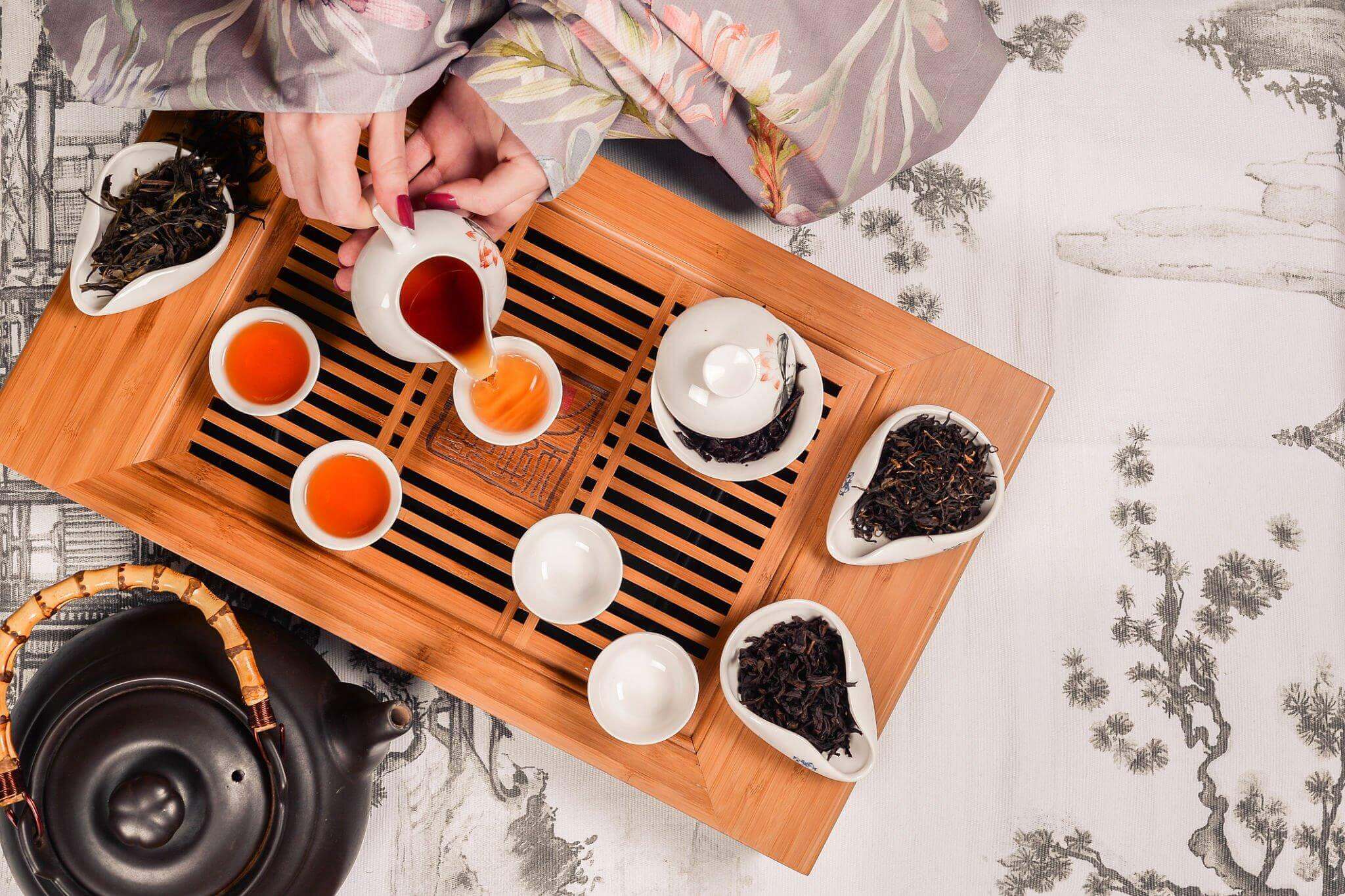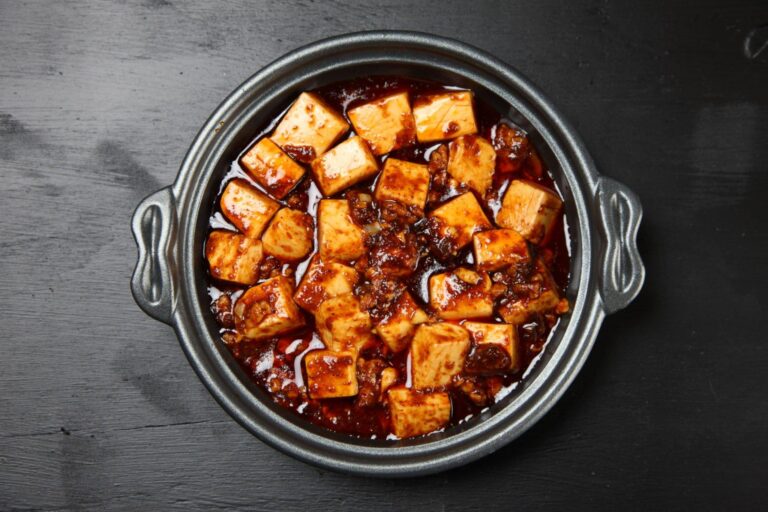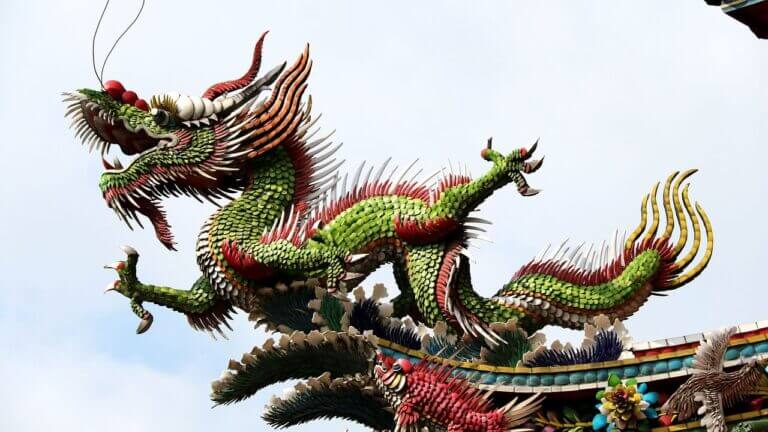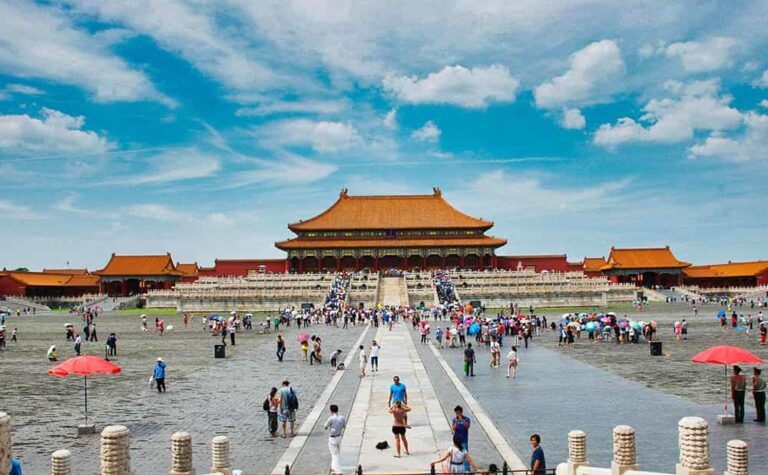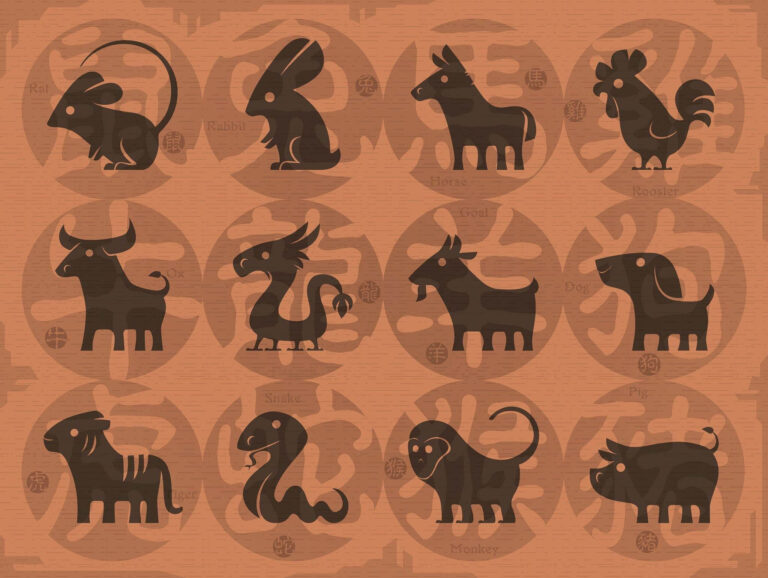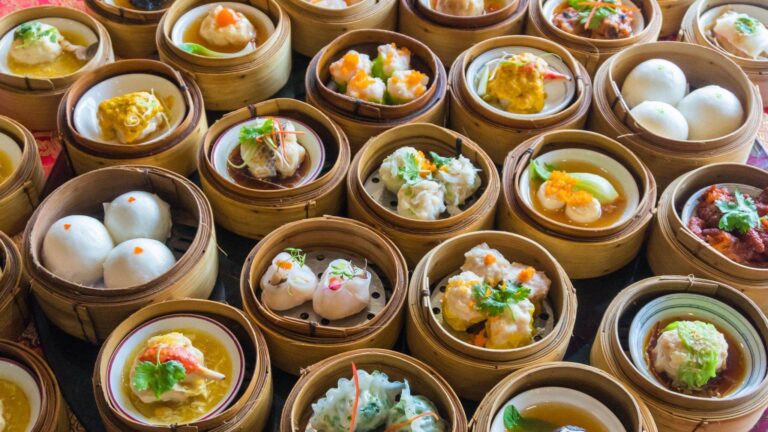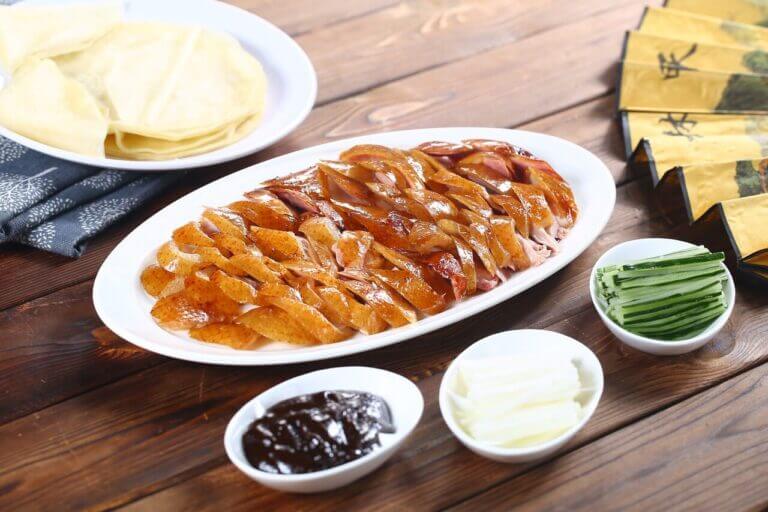List of Contents
Origin of Tea Culture in China
Once upon a time in ancient China, a legendary emperor named Shennong was boiling water for drinking. As he was waiting for the water to heat up, some leaves from a nearby tree fell into his pot. The emperor, being curious, decided to try the beverage that was produced from the leaves. And just like that, the origin story of tea culture in China was born!
From then on, tea became a staple drink for the royal court and the common folk alike. People began to cultivate tea leaves and create different methods for processing them, leading to the birth of tea ceremonies and the art of tea making.
In the Tang Dynasty (618-907 AD), tea became a popular drink in China and was widely consumed for its health benefits and as a symbol of social status. The tea ceremony, which was a form of art and a symbol of respect and hospitality, was also developed during this period.
In the Song Dynasty (960-1279 AD), tea became a symbol of spirituality and was used as a meditation aid by Buddhist monks. The tea ceremony was further refined and became a symbol of cultural and artistic expression.
Spread of Tea Culture Throughout China
Tea culture continued to thrive in China and was widely exported to other countries, including Japan, Europe, and India. Today, tea remains an important part of daily life in China and is enjoyed by people of all ages and social classes.
One of the earliest forms of tea trade was the “Tea Horse Road,” a network of trade routes that connected the tea-growing regions of southwestern China to Tibet, Yunnan, and Sichuan. These trade routes allowed for the exchange of tea, spices, and other goods, as well as the spread of tea culture and knowledge.
The arrival of Buddhism in China also played a significant role in the spread of tea culture. Monks and pilgrims who traveled from India to China brought with them the practice of drinking tea for its medicinal and calming properties. Over time, tea became an integral part of religious ceremonies, such as tea offerings to the gods and tea meditation.
Literary works, such as “The Classic of Tea” by Lu Yu, also helped to popularize tea culture in China. This book, written in the 8th century, documented the history, production, and consumption of tea, and is considered to be the first comprehensive treatise on tea.
With the spread of tea culture, tea houses became a common sight in cities and towns throughout China. These establishments provided a place for people to gather, chat, and enjoy a cup of tea. As tea culture continued to evolve, tea ceremonies also became an important part of daily life, with people gathering to perform elaborate rituals and share a cup of tea with friends and family.
Today, tea culture remains an integral part of Chinese society and continues to be a source of pride for the Chinese people. From its humble beginnings as a beverage for the imperial court to its widespread popularity, tea culture has come a long way and continues to be a cherished tradition for generations to come.
Types of Chinese Tea
- Green Tea
This is one of the most popular and well-known types of tea in China, as well as around the world. It is made from unfermented tea leaves, which are quickly steamed or pan-fried to preserve their green color and delicate flavor. Some of the most famous green teas from China include Dragonwell, Longjing, and Biluochun. - Black/ Red Tea
Unlike green tea, black tea is made from fully fermented tea leaves. This gives it a strong, bold flavor and dark color. Chinese black tea is often used as a base for making tea blends and is sometimes blended with spices and herbs to create unique flavor profiles. Some of the most famous black teas from China include Keemun, Qimen, and Yinzhen. - Oolong Tea
This type of tea falls somewhere between green and black tea, as it is partially fermented. Oolong tea is known for its unique flavor and aroma, which can range from floral to fruity to nutty. Some of the most popular oolong teas from China include Tie Guan Yin, Wuyi Yancha, and Dan Cong. - White Tea
This is the most delicate type of tea, made from the unopened buds and young leaves of the tea plant. White tea is minimally processed and has a light, subtle flavor that is perfect for those who prefer a milder taste. Some of the most famous white teas from China include Bai Hao Yinzhen, Bai Mudan, and Shoumei. - Pu-erh Tea
This is a type of black/red tea that is made from fermented and aged tea leaves. Pu-erh tea is known for its rich, earthy flavor and is often consumed for its health benefits, such as aiding digestion and reducing cholesterol levels.
These are just a few of the many types of Chinese tea that are available, each with its own unique flavor and health benefits. Whether you prefer delicate and subtle green tea or bold and flavorful black tea, there’s a Chinese tea out there that’s perfect for you!
Spread of Tea Culture Throughout China
The spread of Chinese tea culture is a fascinating story that has taken this beloved beverage to the far corners of the world. From its humble beginnings in ancient China, tea has become a global phenomenon, enjoyed by people of all ages and cultures.
1. Europe
The arrival of tea in Europe was a slow and steady process, beginning in the 1600s with the Dutch East India Company. This trading company brought tea to the Netherlands, where it quickly became popular among the wealthy. From there, it spread to other countries, including England, France, and Germany.
The British were especially instrumental in spreading tea culture throughout Europe. In the 1700s, tea became a symbol of British high society and was considered a luxury item that only the wealthy could afford. This quickly changed, however, as tea became more accessible and affordable to the masses, leading to its widespread popularity throughout Europe.
2. Japan
The spread of tea culture to Japan was a little different than in Europe, as it was brought to the country by Buddhist monks who had traveled to China to study. The monks brought tea seeds back with them to Japan and began cultivating tea, which eventually led to the development of Japanese tea culture.
One of the most notable contributions to Japanese tea culture was the tea master Sen no Rikyu, who popularized the tea ceremony known as “chado” or “the way of tea”. This ceremony was a symbol of Japanese culture and was a way for people to enjoy tea in a peaceful and meditative setting.
3. India
Tea was first introduced to India in the mid-1800s by the British East India Company. Initially, tea was grown in India to break the monopoly of Chinese tea, but it quickly became an important crop in its own right. Today, India is one of the largest tea-producing countries in the world and is known for its high-quality teas, including Assam, Darjeeling, and Nilgiri.
In India, tea is an important part of daily life and is enjoyed at any time of day, from early morning chai to after-dinner tea. It’s also a central part of Indian culture and is often served during religious ceremonies, family gatherings, and special occasions.
4. Middle East
The spread of tea culture to the Middle East was a slow process that began in the 1600s with the arrival of tea in Ottoman Turkey. From there, it spread to other countries in the region, including Iran, Iraq, and Egypt.
In the Middle East, tea is often enjoyed with sweets, such as baklava, and is considered an important part of hospitality. It’s also a central part of Middle Eastern culture and is often served during social gatherings and special events.
Fun Fact
There are only two origin pronunciations for this beloved tea throughout the world, originating from “tea” or “cha”.
The word “tea” is derived from the Hokkien Chinese word “tê” and was first recorded in English in the early 17th century. The pronunciation of “tea” was then adopted by the English and spread to other countries through colonialism. Today, “tea” is the most commonly used pronunciation in English-speaking countries such as the United Kingdom, the United States, and Australia.
On the other hand, “cha” is the original pronunciation of the word in Mandarin Chinese, which is the most widely spoken language in China. In Mandarin, the word “cha” refers to the beverage made from the Camellia sinensis plant, which is commonly known as tea.
It is important to note that the pronunciation of “tea” or “cha” can vary depending on the region and culture in which it is used. For example, in South Asian countries such as India, the word “chai” is often used to refer to a spiced tea drink.
Significance of Impact on the World
Tea has played an important role in shaping the traditions and customs of many cultures, including China, Japan, Europe, and India. For example, in Japan, the tea ceremony is a form of art and a symbol of respect and hospitality, and it remains an important part of Japanese culture today. In Europe, tea has become a beloved cultural tradition, and the tradition of afternoon tea remains a popular part of European culture.
Another impact of tea culture is its economic impact. The tea industry is a major contributor to the global economy, with tea being one of the most widely traded and consumed beverages in the world. The tea industry provides employment for millions of people around the world and is an important source of income for many countries, particularly in Asia and Africa.
Tea culture has also had a significant impact on the health and wellness of people around the world. Tea is widely recognized for its health benefits, including its ability to help improve mental alertness, reduce stress, and boost the immune system. The popularity of tea and its health benefits have helped to promote a healthy lifestyle and have inspired many people to adopt a healthier lifestyle.
The significance and impact of tea culture on the world cannot be overstated. From its cultural and social significance to its economic impact, tea has played an important role in shaping the cultural and social landscape of the world.

